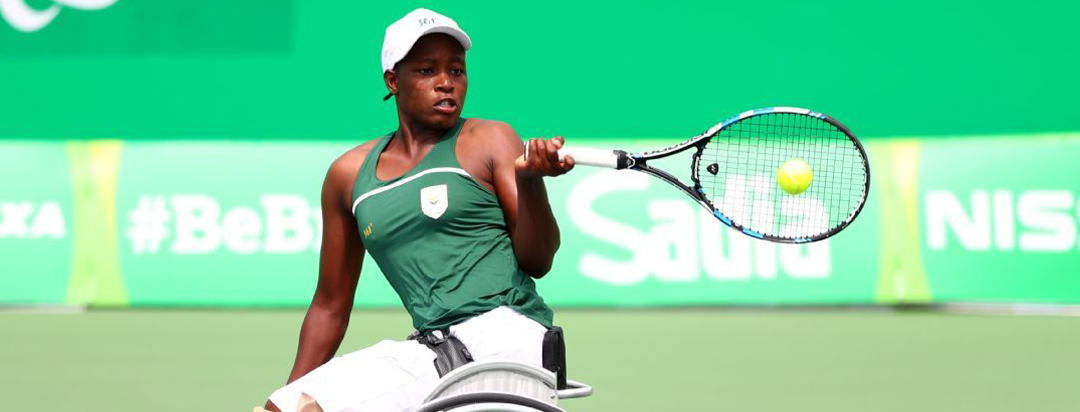

Lorem ipsum dolor sit amet, consectetur adipiscing elit ut liqua purus sit amet luctus venenatis, lectus magna.

Adaptive sports are athletic activities modified to meet the needs of individuals with disabilities. The goal is to create opportunities for participation by adjusting equipment, rules, or playing environments while keeping the spirit of the sport intact.
This approach allows athletes of varying abilities to compete, train, and enjoy the benefits of sport in ways that suit their individual capabilities.
In adaptive sports, modifications can be as simple as rule changes or as advanced as specialized equipment. For example, in wheelchair basketball, the court dimensions and basket height remain the same, but players compete using wheelchairs designed for speed and maneuverability. Similarly, in adaptive skiing, athletes may use sit-skis or outriggers for balance.
The intent is not to make the sport easier, but to make it accessible. Athletes often train and compete at high levels, demonstrating that adaptations enable participation without reducing the challenge or competitiveness of the sport.
Adaptive sports span a wide range of activities, covering both recreational and elite competition. Some of the most recognized include:
These sports are only a sample of the dozens of adaptive disciplines that exist worldwide, ranging from archery to track and field.
Beyond competition, adaptive sports provide important opportunities for inclusion, physical activity, and social connection. They offer individuals with disabilities the chance to build confidence, stay active, and form part of a community of athletes.
On the global stage, events like the Paralympic Games showcase adaptive sports at their highest level, bringing attention to the skill and dedication of these athletes.
Adaptive sports programs continue to expand as awareness and access improve. Community organizations, schools, and national governing bodies have developed initiatives to make equipment and training more available. Advances in technology — such as lighter wheelchairs, improved prosthetics, and customized sporting gear — are also pushing performance levels higher.
The growth of adaptive sports demonstrates the increasing recognition that athletic competition should be open to all, with modifications ensuring that no one is excluded from participation.


Explore our collection of 200+ Premium Webflow Templates